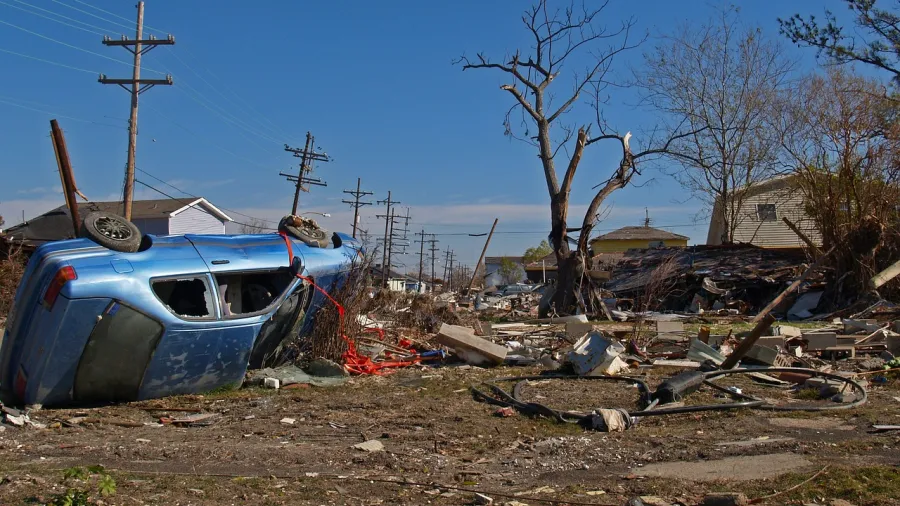
Zurich Financial Services, Mandala unveil first climate risk index for tourism
Half of Australia’s tourism assets are classified in an elevated risk category.
Zurich Financial Services Australia (Zurich) and Mandala Partners have unveiled Australia’s first Climate Risk Index for the tourism sector, which aims to understand climate risks impacting Australia's top tourism sites.
The index, which will utilise Zurich’s global exposure analysis capabilities, provides a comprehensive, quantitative assessment of climate change effects on major tourism assets, including airports, national parks, beaches, and museums, under various Intergovernmental Panel on Climate Change (IPCC) scenarios.
The index revealed that currently, 50% of Australia’s tourism assets are classified in an elevated risk category due to climate and natural peril threats.
By 2050, this proportion is projected to increase to between 55% and 68% under intermediate and extreme IPCC scenarios, respectively. Under the most severe scenario, 80% of tourism sites will face higher risk levels between 2025 and 2050.
Australia’s tourism sector, a vital component of the economy with over $170b in annual expenditure and more than 620,000 jobs, faces significant potential economic impacts.
In a disaster scenario akin to the 2019 to 2020 bushfires, up to 176,000 jobs, or 30% of those in the tourism sector, could be at risk, with 65% of these jobs located outside major cities.
The analysis also highlights regional and site-specific variations in climate risk. Queensland exhibits the highest risk, with 79% of its sites facing elevated risks and 52% in the highest risk category.
Western Australia and the Northern Territory follow, with 69% and 63% of sites in the highest risk categories, respectively. In contrast, southern states show relatively lower risks.
The index identifies that all 31 of Australia’s busiest airports fall into the highest climate risk categories, with 94% in the most extreme category due to their susceptibility to wind and storms.
Similarly, all analysed wine-growing regions, botanic gardens, scenic roads and railways, and rainforests and national parks are also in the highest risk categories. However, natural geological formations, museums, galleries, and stadiums face relatively lower risks.



















 Advertise
Advertise








